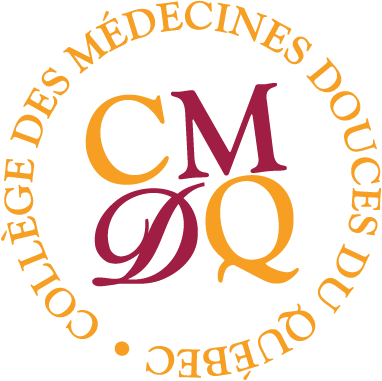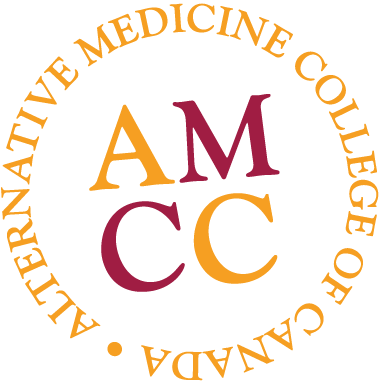I bet no one every asked you that question, unless you went to a very good naturopath.
What is a Lunulae and what does it eat in winter?
Lunulae provide information on metabolism, mineralization or constitution. The examination of lunulae informs us of the circulation of the vital force in the body. They are pale, whitish crescents located at the root of the nails. They are in fact the visible part of the roots, the most oxygenated section of the nail matrix, where new cells multiply. Their aspect is influenced by the blood’s richness and by the cardiovascular system.
Carton said that lunulae give us the interest rate of the vital capital, the circulating energy. They may be compared to the openings of the face, which inform us of the subject’s capacity to exchange with the environment, on the way he or she uses energy and on a person’s intrinsic vital bases, which are indicated by the xiphoid or by the facial frame. This is, however, a diathetic measure, as it may change rapidly within a few months, whereas a face will take a lifetime to change.
All About Vital Capital
Vital capital is destroyed over the years, as it wears out more or less rapidly according to individual life habits, and cannot be replaced. Fingers are the main energy spending organs. The number, size and color of lunulae allow us to determine the available energy in circulation.
Lunulae should be most present on the thumbs. If lunulae are missing there, this indicates that the person needs sleep and tonic, either because vital capital is low or because he or she has dilapidated energy through various excesses. If this is the case, rest or a change in lifestyle may correct the situation. In elderly people, we see a decrease in the number, size and coloration of the lunulae, as well as a gradual fading of the lines of the hand and fingerprints.
Lunulae decrease in intensity from the thumb to the little finger. Their intensity is greatest on the thumb, which is the finger of will and power, and on the index, used for prehension. The thumb’s lunula is the last to disappear and the first to reappear. It indicates circulating energy, as opposed to the vital energy we are born with. A person with only two lunulae on the thumbs has average to low vitality and should consider managing his or her time better.
Five high lunulae on each hand indicate great amounts of available energy. These people experience the fury of living and have difficulty slowing down. If their energy capital at birth is strong, they will lead long lives. If it is weak, they are unbalanced individuals who go through phases of excessive agitation, depression and continuous illness.
Tell Me More
Lunulae appear and disappear over two to four month periods, according to lifestyle.
Coloration is important. It should be whitish and well separated from the pinkish color of the rest of the nail. If it is rosy and barely visible, we may conclude that available energy is low, or that the subject is overworked and exhausted. There should be an average of 6 to 10 lunulae in men and 4 to 6 in women.
Certain people have no lunulae at all, and this is not necessarily negative. We need to consider lunulae when loss has occurred, otherwise this condition could simply reflect the person’s basic vital capital. Diets will not change the situation. Lunulae grow in the spring and recede in the fall, or during periods of stress and disease.
Normal lunulae should represent approximately one fifth of the nail’s length, but they are not equally present on each finger. Lunulae which are very wide and out of proportion may signal excessive thyroid activity and may also be a symptom of hypertension or heart disease.
Conclusion
We must consider the person’s basic temperament and constitution when observing lunulae. For example, a sanguine type should have a minimum amount of lunulae, whereas a lymphatic type might have lunulae that are barely visible.
The color also tells you a bit about pathology:
- Lunulas are usually ivory in colour, meaning you’re healthy and strong.
- Reddish/Pink: This is an indication of either diabetes or cardiovascular disease.
- Purple: This could mean poor blood circulation to that area or the rest of your body. It could also be accompanied by dizziness and/or difficulty breathing.
Really, to know more about this subject and the different types (personality wise and temperament wise), you should register right now to the course #356 Semiology of Biological Terrain, which is scheduled to disappear from the official AMCC menu sometime next year.



Leave a Reply